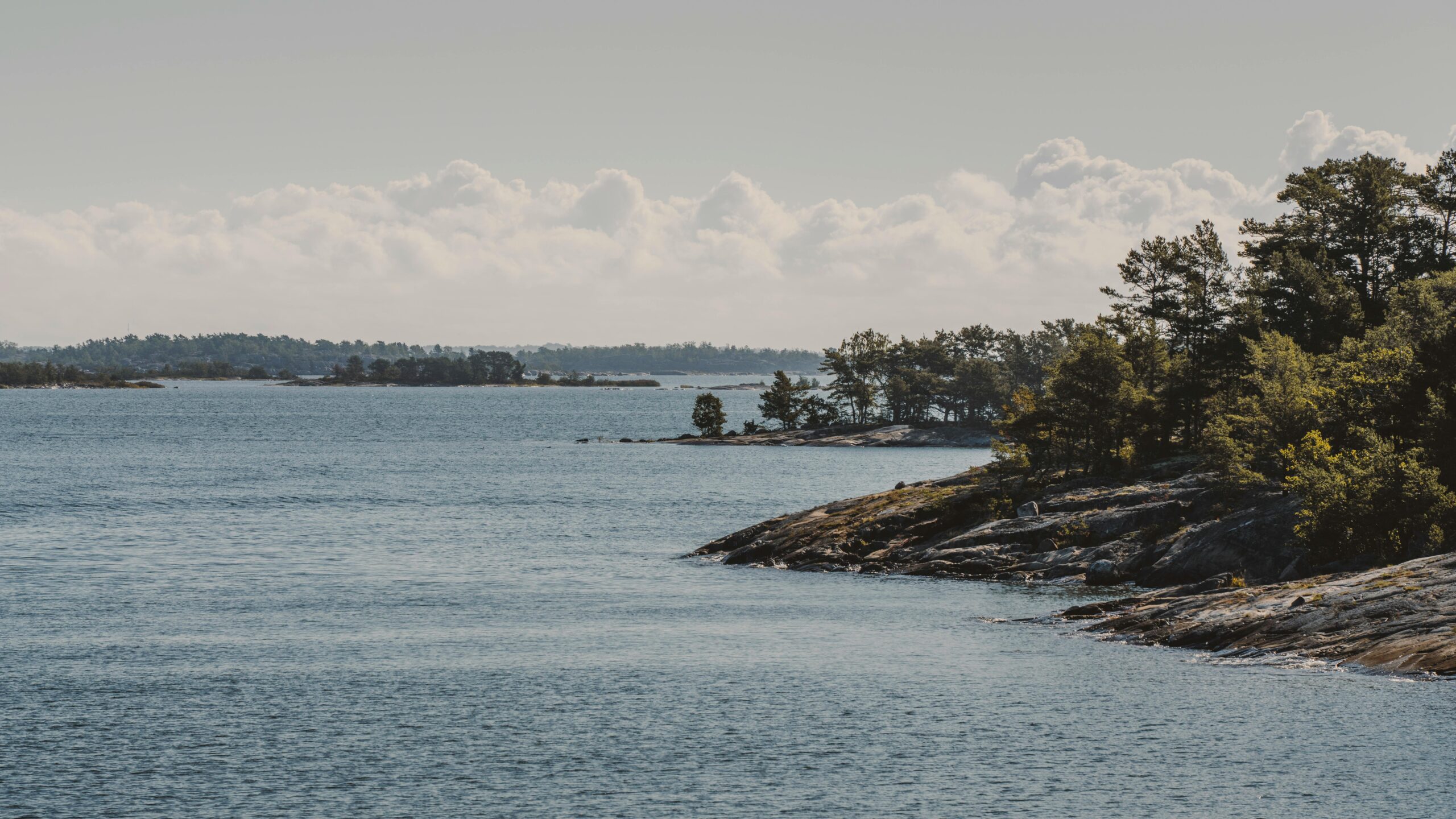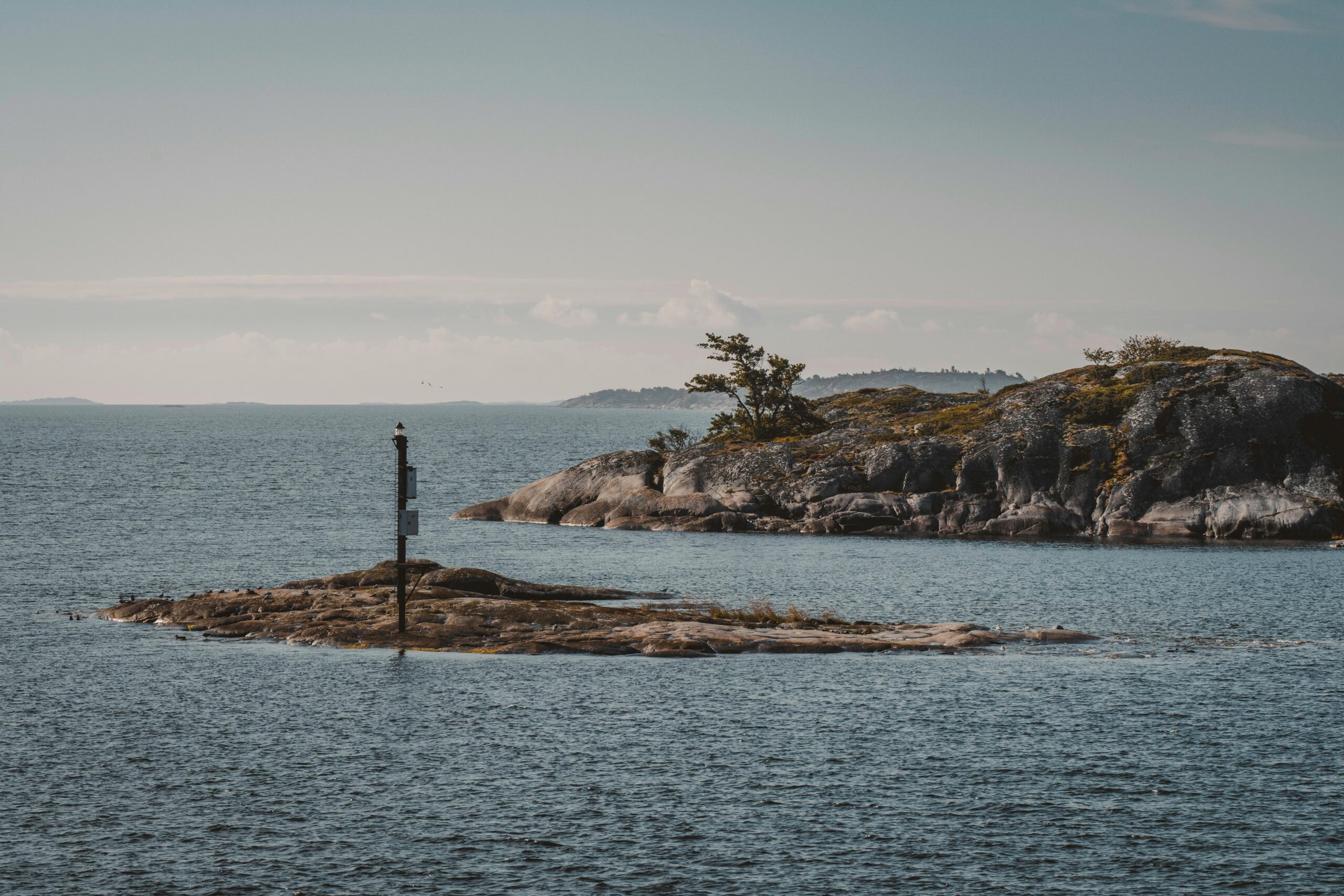
The Turku archipelago, a stunning maze of islands, is a must-see. Our trip was defined by its unique ferry system, the lifeblood of the islands. Most public ferries, operated by Finferries, are free, making island-hopping seamless and spontaneous. While generally safe, the region has seen incidents. In 2020, large ferries like the Viking Grace and MS Amorella ran aground in the Åland Islands due to strong winds, but thankfully, all on board were safe. The archipelago is also a leader in green maritime transport. We were impressed to see that some ferries, like the Elektra, are now electric or hybrid. This commitment to sustainability, paired with the stunning scenery, made our experience truly unforgettable.
What we recommend to see and do in the archipelago
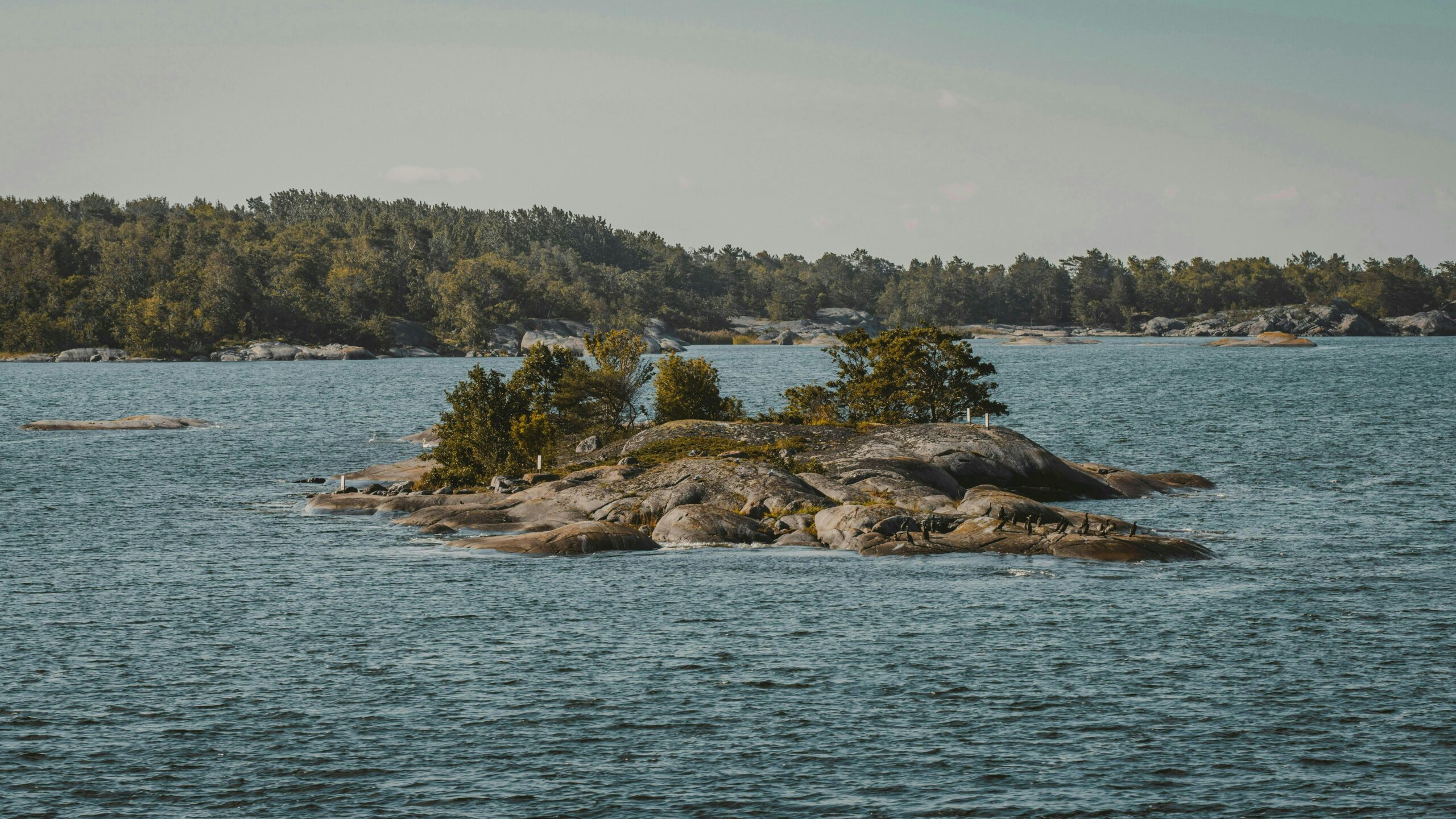
We recommend a scenic ride on the Seasonal Ferry M/S Antonia, which operates between Iniö and Mossala. The ferry is free for foot passengers and cyclists, but there’s a fee of about €80 (£69) for motorhomes. While waiting for the boat in Mossala, we suggest a visit to the nearby observation tower, which offers stunning panoramic views of the island.
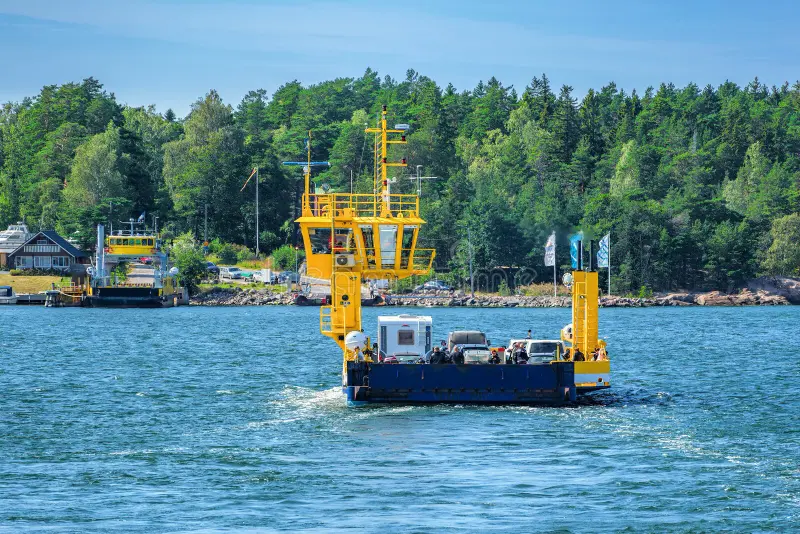
We’re suggesting two specific cable ferry raids. The first is on the cable ferry connecting Mossala and Björkö. The secon is the Kivimo Cable Ferry. We believe these two locations offer excellent opportunities due to their strategic positioning and the specific type of ferry used.

Paratiisi Museum of Modern Art & Botanic Garden, in Nauvoo, is Finland’s largest art center. Housed in a unique greenhouse with a vineyard, it blends art and nature. It features exhibitions, a botanical garden and a cafe. Motorhomes can stay overnight in the parking lot for a fee.
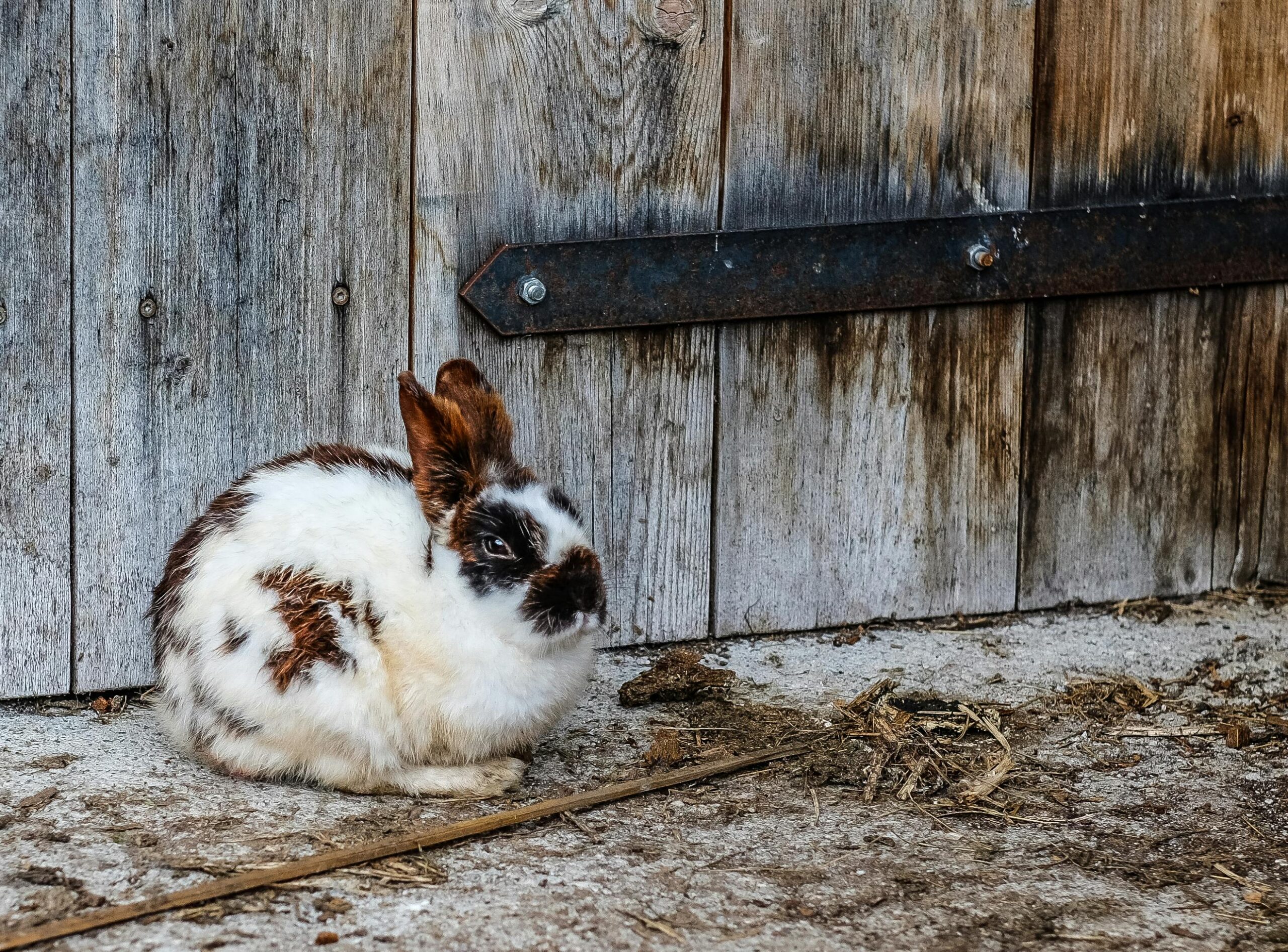
We also recommend visiting Korpoström marina and the Archipelago Centre, a museum which showcases the unique nature and culture of the archipelago. For families, we suggest a visit to Rahi Farm Animal Yard.
With a motorhome, it’s possible to travel a route that creates two ring roads through the Finnish Archipelago. The two routes are often referred to as the Archipelago Trail or Archipelago Ring Road, and the smaller, more direct “Small Archipelago Trail.”
The Archipelago Ring Road
This is the main, 250 km circular route through the Turku Archipelago, perfect for a motorhome journey. It begins and ends in the Turku/Naantali area and connects numerous islands via a series of roads and ferries. Ferries are the defining feature of this journey. Most are free and operate on a “first-come, first-served” basis. There is one key exception: the longer ferry crossing between Houtskär and Iniö requires a fee and operates on a specific schedule. It is essential to check timetables in advance for this particular leg of the journey. The route is rich with stops, including the historic city of Turku, the picturesque town of Naantali with its Moomin World, the “capital” of the Archipelago Sea, Pargas, and the lively island of Nagu. Other islands like Korpo, Houtskär, and Iniö offer a quieter, more authentic experience. Taking at least two to three days for the journey is recommended to fully appreciate the scenery and attractions.
The Small Archipelago Trail
This is a shorter, more direct alternative, approximately 120 km long, that also forms a ring route. It branches off the main Ring Road at Nagu and returns to the mainland, ending in Naantali. The roads are similar to the larger route, but the main logistical difference is the key ferry crossing. While the small ferries are free, the main connection from Nagu to Hanka in Naantali is a fee-based vehicle and passenger ferry. This scenic journey also includes a stop at the historically significant Seili Island. The Small Archipelago Trail is ideal for those with less time or for travelers who want a more focused tour of a specific part of the archipelago. Key stops include the charming harbor of Nagu, the unique history of Seili Island, and the beautiful coastal town of Naantali.It can be completed in a single day, but a more relaxed pace over one or two nights is also highly enjoyable. This route is a great way to experience the beauty of the archipelago without committing to the full length of the larger ring road.
